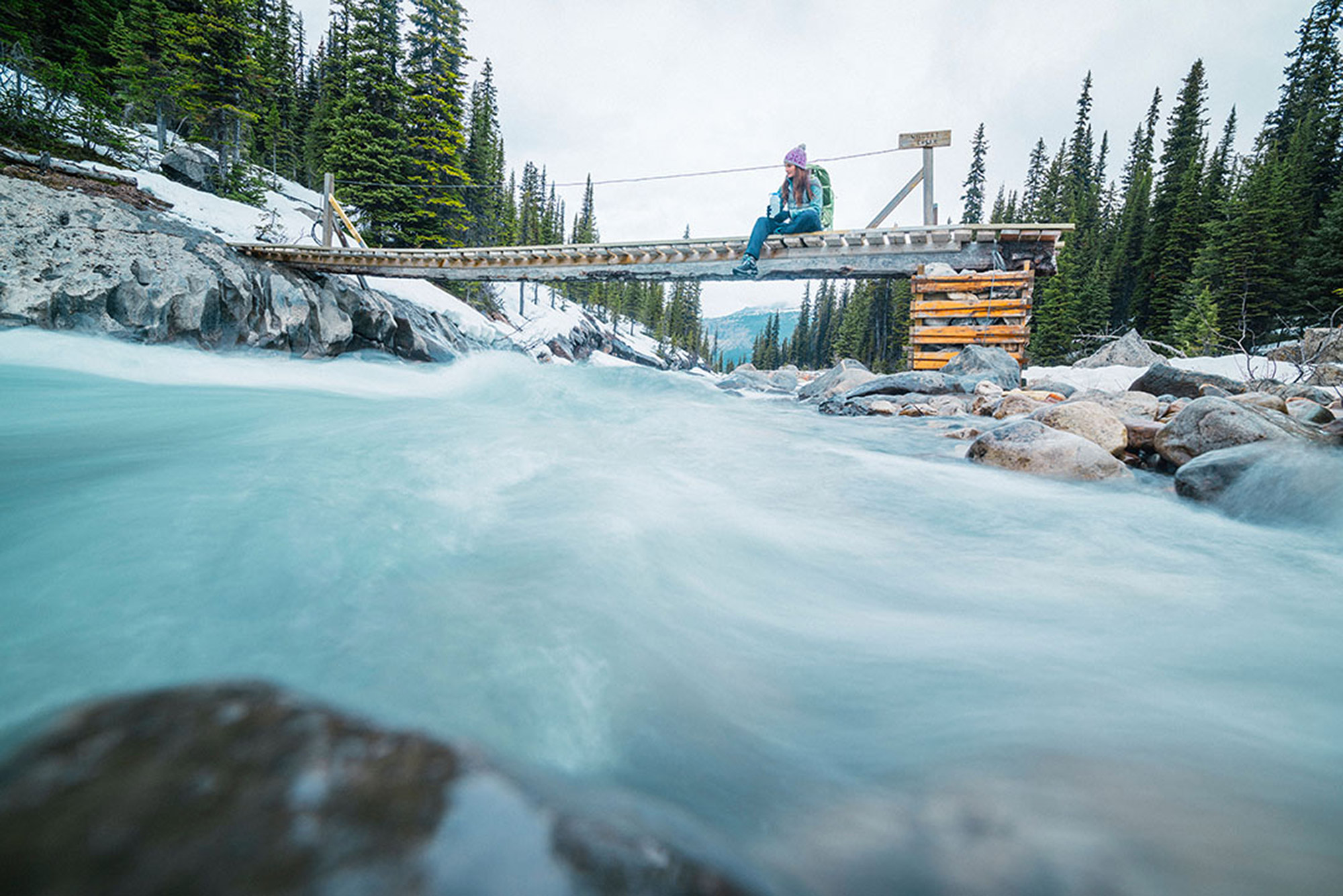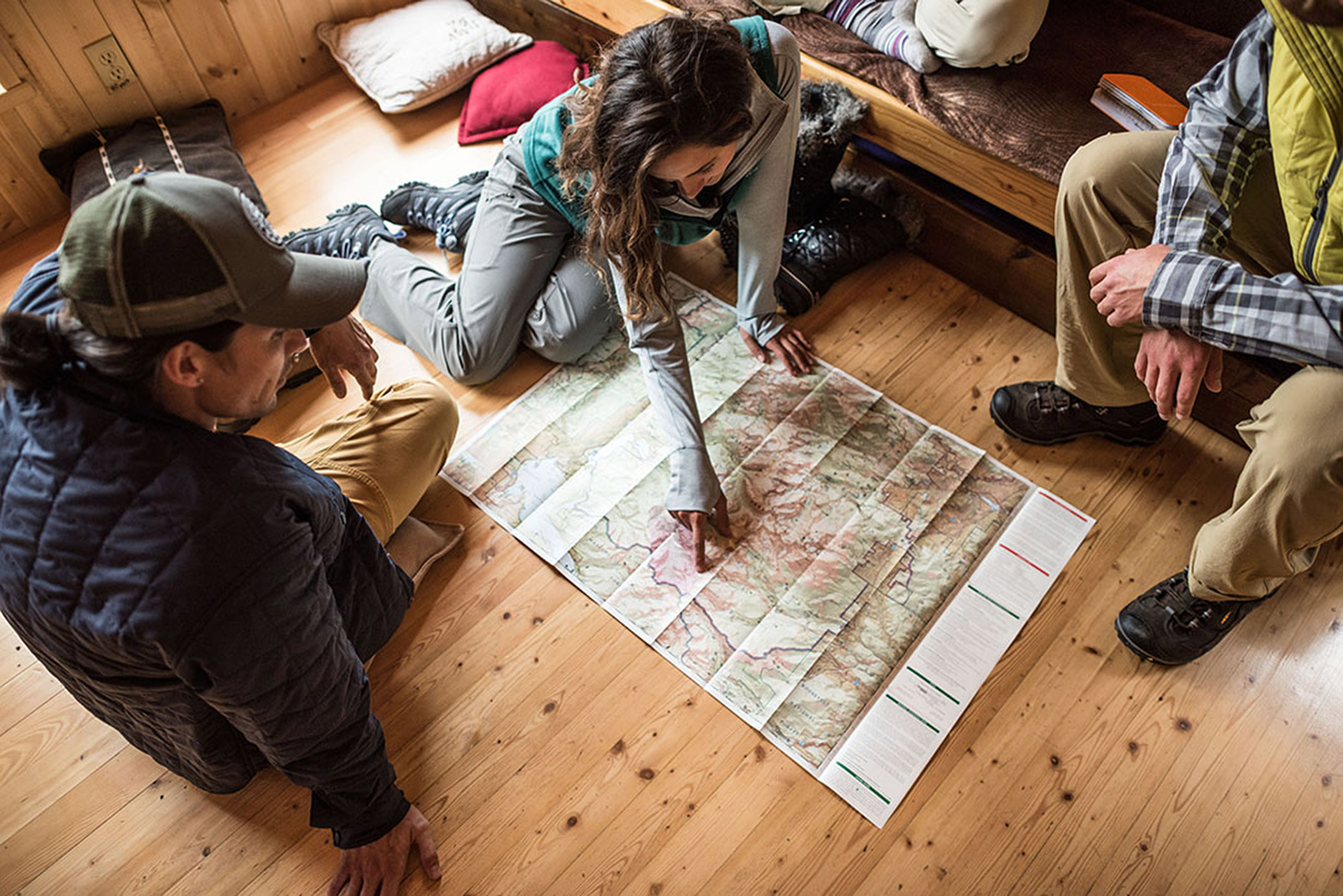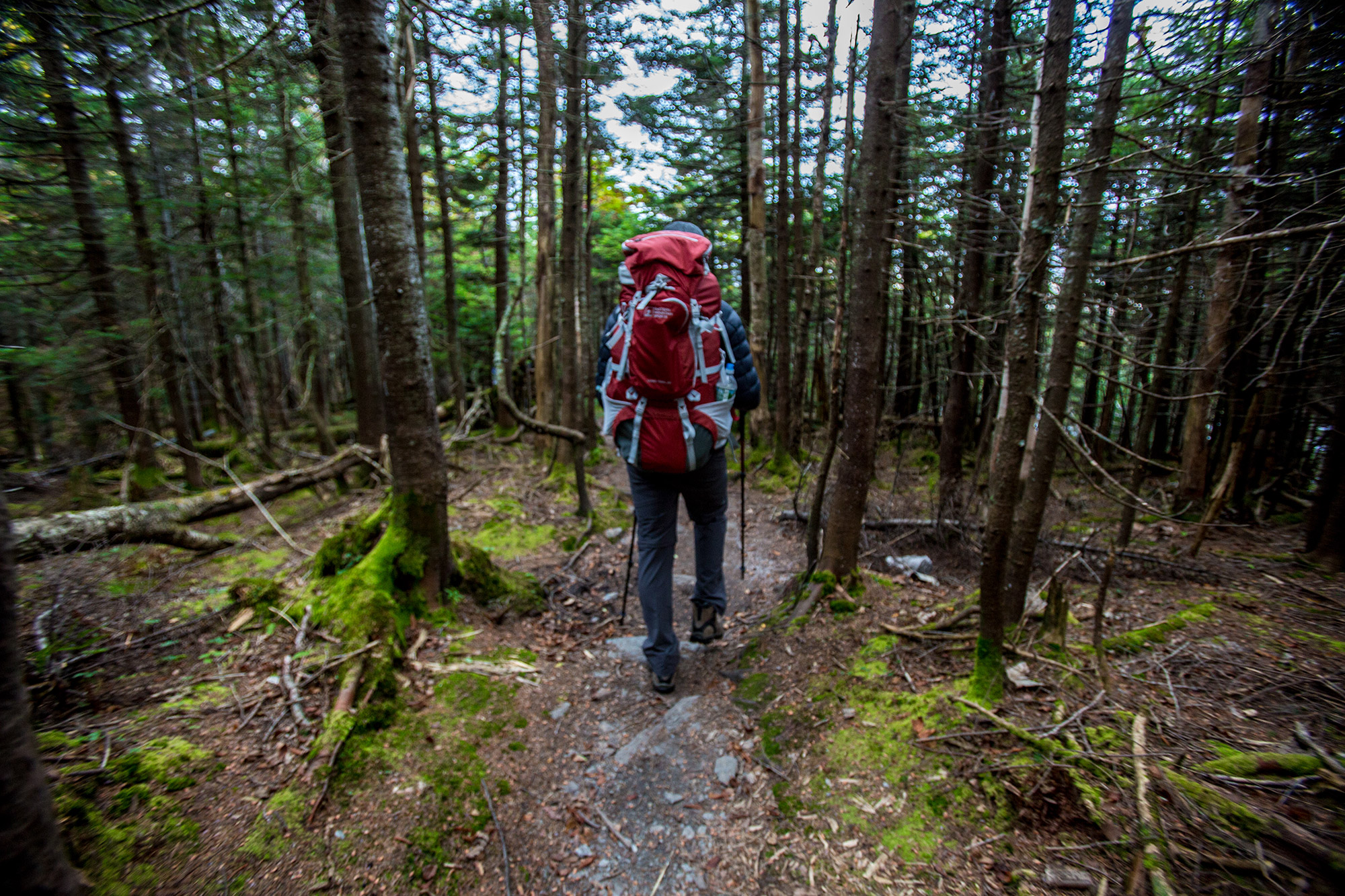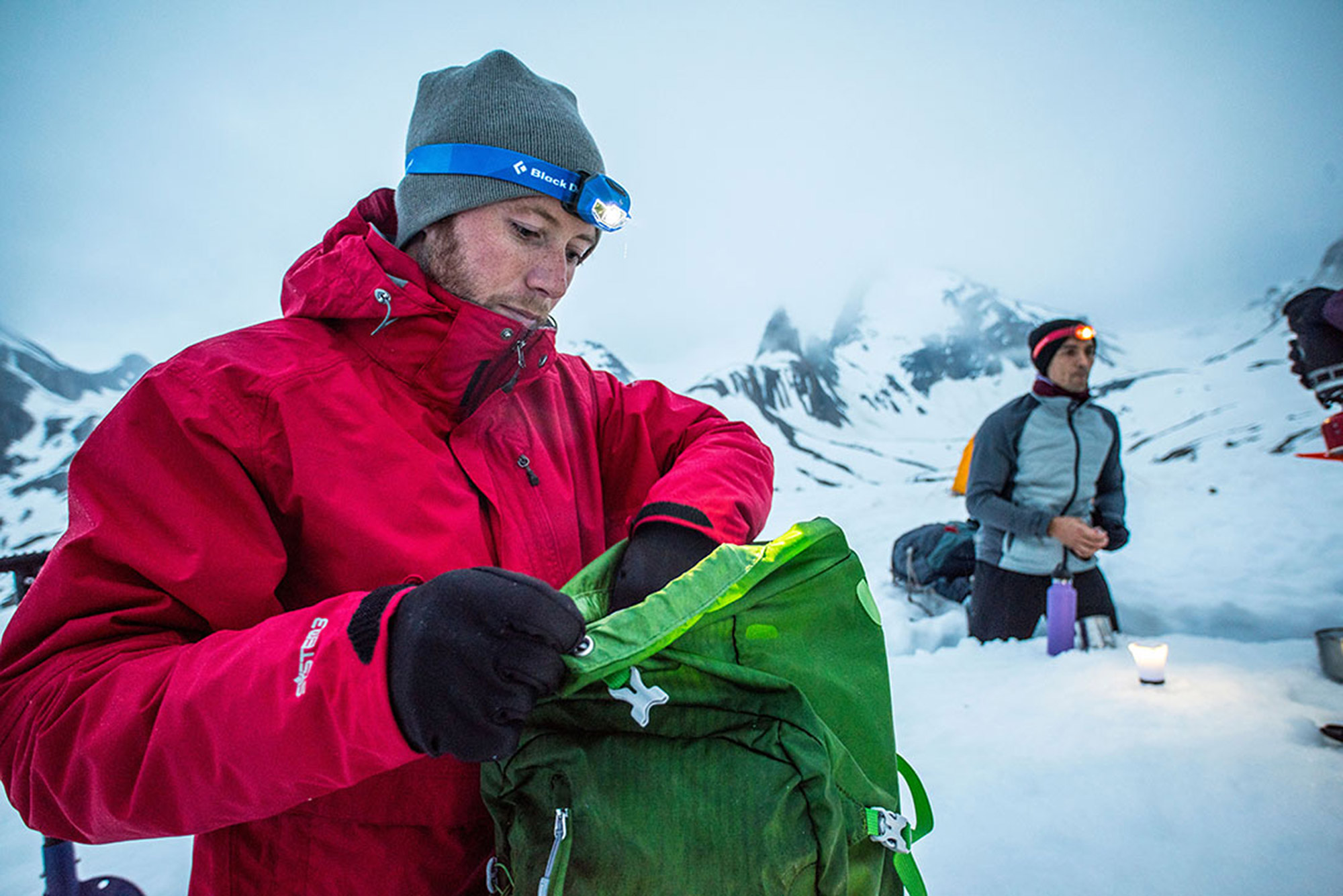When you’re hiking in the Northeast, sometimes the only thing you can truly count on is the unexpected. Whether that’s for a sudden change in the weather on top of a peak, wildlife around the corner of a switchback, or just the batteries dying on your camera, it’s good to be prepared. But, sometimes the unexpected can be far more serious: Someone falls and hits their head, rolls an ankle on a steep descent, or is slurring their words and seems confused. Even the most advanced hikers experience these situations, and if they happen to you, knowing what to do can literally be a matter of life and death. So, what are the best things to do in any backcountry emergency?

1. Don’t panic
Assess the situation with a level head. Are you dealing with an injury? Hypothermia? A missing person? Take a moment to breathe: Take your pack off, drink some water, sit down, and let your heart rate slow to prevent adrenaline from playing into your decision-making process.
2. Take note of your surroundings
After the initial adrenaline rush, take a look around and ask yourself a few basic questions. Do you know where you are? How close are you to a trailhead or campsite with a caretaker? Are you safe where you are—specifically, are you below treeline and sheltered from any inclement weather?

3. Stay put or get out
How do you decide when to call for help? In a few instances, the decision is made for you: When someone is unconscious or cannot walk on their own, it is time to call for assistance. However, the line between search-and-rescue and self-rescue isn’t always clear. Think back to step two: If you know where you are, you can estimate how long it will take you to get out on your own or for someone to get to you. If you’re on the fence about calling, don’t hesitate. Make the call, and talk through the situation with them. It is better to call and not need assistance than to call when it’s too late.
4. Delegate
This will depend on the number of people in your group, but it’s important to delegate roles during an emergency. Potential roles would be calling for help, going to find help (two people, if possible), boiling water for warm drinks or food, making sure everyone is properly dressed, hydrated, and fed, or setting up a tent. These jobs serve a dual purpose of handling the situation and distracting members from panic that could set in when there is nothing specific to concentrate on. Of all the roles, the person in charge of decision making is the most important.

5. Make a plan
At this point, the group leader has made the decision to call for assistance, or perform a self-rescue. If you’ve called search-and-rescue, or designated someone to find help, do not move, unless you communicate that with SAR or the person finding assistance. If you’ve decided to make your way out without help, use the safest and most efficient route. During an emergency in the mountains, a route with two miles of steep, dangerous terrain is likely less ideal than a relatively easy, four-mile path.
6. Continue to monitor and reassess the situation
Keep an eye on the person in trouble, the weather, and other factors. If you’re waiting for assistance, be aware that hypothermia becomes a very real risk when you stop moving after expending a lot of energy. Instead, make sure to regulate body temperature for all parties, and to stay properly fueled and hydrated. Also, notice the minor changes around you, and adapt to them. For instance, an injury that seemed somewhat harmless can rapidly become worse, and the weather in the mountains is notorious for dangerous shifts. Be prepared to change the plan, if necessary.

7. Have and use the essentials
You should bring along a few key items on every hike, regardless of whether it’s a day hike or a week-long backpacking trip: a first aid kit, headlamp, down or synthetic jacket, extra snacks, a bandana to apply pressure to a wound or to cut off blood flow, and an extra pair of socks to warm feet or hands. And, know how to quickly deploy and use each essential in the event of an emergency.
Christene Cauchon
Christine lives in southern Rhode Island and spends her time as a technical project manager, actor, improvisor, and outdoor weekend warrior. When she's not working 16-hour days and at the theater, you can find her planning elaborate day trips up to the White Mountains for some hiking or climbing.
Related Posts
April 2, 2024
10 Tips for Mountain Biking Etiquette During Mud Season
One rough spring could ruin the…




